

Articles
Why Do We Blow Out Candles On A Birthday Cake
Modified: February 25, 2024
Find out the fascinating history behind blowing out candles on a birthday cake with our informative articles on this beloved tradition.
(Many of the links in this article redirect to a specific reviewed product. Your purchase of these products through affiliate links helps to generate commission for Storables.com, at no extra cost. Learn more)
Introduction
Birthdays are special occasions that are celebrated in various ways across different cultures and societies. One beloved tradition that has become synonymous with birthdays is the act of blowing out candles on a birthday cake. It is a moment that brings joy and anticipation as we gather around the cake, singing the familiar tune of “Happy Birthday” and watching the celebrant take a deep breath before blowing out the flickering flames.
In this article, we will explore the historical origins, traditions, symbolism, scientific explanation, and modern-day significance of blowing out candles on a birthday cake. So, let’s delve into the captivating and enchanting world of this beloved birthday ritual.
Key Takeaways:
- Blowing out birthday candles symbolizes wishes, empowerment, and unity. It connects us to ancient beliefs while reflecting our hopes for the future. This timeless tradition brings joy and nostalgia to celebrations.
- The act of blowing out candles has ancient origins and modern-day relevance. It holds significant symbolism and adds an element of surprise and anticipation to birthday celebrations.
Read more: How To Make Birthday Cake Candles
Historical Origins of Birthday Candles
The custom of placing candles on a birthday cake can be traced back to ancient civilizations. The Greeks were among the first to adopt this tradition. They would bake round cakes to resemble the shape of the moon and adorn them with lit candles to honor Artemis, the goddess of the moon and hunt.
It is believed that the Germans, during the Middle Ages, began the tradition of Kinderfest, or “child’s party,” where they would light candles on a cake to represent the “light of life.” These celebrations were primarily held for young children, and the number of candles would often correspond to the child’s age.
One famous historical figure associated with birthday candles is Queen Victoria of England. It is said that she played a significant role in popularizing the tradition of placing candles on a cake during birthday celebrations. In the 18th century, she celebrated her birthday with a cake adorned with lit candles in the shape of her age, and this soon became a fashionable trend among the aristocracy.
Over time, the custom of using candles on birthday cakes spread to other European countries and eventually reached the United States. The birthday cake, with its candles, became a symbol of celebration and a way to mark the passage of time.
The tradition of blowing out the candles on a birthday cake also has roots in ancient belief systems. It was believed that when the candles were blown out, the smoke carried prayers and wishes to the gods, who would then grant them. This act of extinguishing the candles was seen as a way to bring good luck and ensure the fulfillment of the celebrant’s desires.
As the tradition evolved, the focus shifted from making wishes to simply extinguishing the candles in one breath. It became a fun challenge for the birthday boy or girl to blow out all the candles and have their wishes come true.
Traditions and Superstitions
Blowing out birthday candles is not just a random act, but a ritual that is accompanied by various traditions and superstitions. These customs add an element of charm and mystery to the celebration.
One common tradition is to sing the song “Happy Birthday” while the candles are being lit. This song has become the unofficial anthem of birthdays worldwide and sets the festive mood for the occasion.
In some cultures, it is believed that the number of candles on the cake should represent the age of the celebrant. For example, if someone is turning 10 years old, there should be ten candles on the cake. Blowing out all the candles in one breath is seen as a sign of good luck and a predictor of a successful year ahead.
Superstitions also play a role in the act of blowing out birthday candles. In some traditions, it is considered bad luck for the candles to be relit once they have been blown out. It is believed that relighting the candles may prevent the wishes made during the initial blow from coming true.
Another superstition revolves around the order in which the candles are blown out. It is said that if the candles are blown out from left to right or right to left, it can determine whether the person will have good luck or bad luck in the coming year.
The idea of making a wish before blowing out the candles is a common superstition. It is believed that the act of silently making a wish while blowing out the candles increases the chances of it coming true. This adds an element of excitement and mystery to the celebration as everyone wonders what the birthday boy or girl is wishing for.
Some people even take it a step further by keeping their wishes a secret, believing that revealing them will diminish their chances of coming true.
Despite varying cultural customs and superstitious beliefs, the act of blowing out birthday candles remains a cherished part of birthday celebrations worldwide. It brings people together, creates joyful memories, and adds a touch of magic to the occasion.
Symbolism of Blowing Out Candles
The act of blowing out candles on a birthday cake holds symbolic meaning that goes beyond the surface level of celebration. It represents several concepts and emotions that add depth to the birthday ritual.
One of the primary symbols of blowing out birthday candles is the notion of making a wish. When we blow out the candles, it is believed that our wish will come true if we keep it secret. This practice harkens back to ancient beliefs that blowing out the candles sent our desires to the heavens, where they would be granted by higher powers.
Blowing out the candles also signifies the transition from one year to the next and the passing of time. Each candle represents a year lived, and extinguishing them acknowledges the completion of one chapter and the beginning of another. It serves as a reflective moment to celebrate past achievements and set goals for the future.
Furthermore, blowing out the candles is a significant act of empowerment and control. The birthday person has the authority to extinguish the flames and, in a sense, determine their destiny for the upcoming year. It is a moment of agency and the belief that our actions can influence the course of our lives.
The act of blowing out the candles also symbolizes unity and connectedness. Family and friends come together to celebrate, witness the blowing out of the candles, and offer their well-wishes. This collective act emphasizes the importance of the community and the support system surrounding the birthday person.
Lastly, blowing out the candles is simply a joyous and fun tradition that brings smiles and excitement to both children and adults. It adds an element of surprise and anticipation to the birthday celebration, making it a memorable and cherished moment for everyone involved.
In summary, blowing out birthday candles carries symbolic significance that encompasses wishes, the passage of time, empowerment, unity, and joy. It is a ritual that connects us to ancient beliefs, while also representing our hopes and dreams for the future.
When blowing out birthday candles, try to blow them out in one breath to make a wish. This tradition is said to have originated from ancient Greece, where people believed that smoke carried their wishes to the gods.
Scientific Explanation
While blowing out birthday candles may have ancient roots and symbolic meanings, there is also a scientific explanation behind the phenomenon.
When we blow out candles, we create a fast stream of air that blows across the flame. This rush of air disrupts the delicate balance of oxygen needed for the flame to sustain itself. Oxygen is essential for combustion, and by blowing on the flame, we remove the necessary oxygen supply, causing the flame to extinguish.
This phenomenon is known as the “fire triangle.” For a fire to burn, three elements are required: fuel, heat, and oxygen. By blowing on the candles, we disrupt the oxygen supply, breaking the fire triangle and resulting in the cessation of the flame.
Additionally, the forceful expulsion of air when blowing out the candles creates a turbulent airflow around the flame. This turbulence further hampers the stability of the flame, making it easier for it to be extinguished.
It is worth noting that the number of candles on the cake and their arrangement can influence the ease or difficulty of blowing them out. The closer the candles are to each other, the more effectively the air stream can disrupt the oxygen supply and extinguish all the flames at once.
While the scientific explanation of blowing out candles may not have the same enchantment as the symbolism and traditions associated with the act, understanding the physics behind it can add an interesting perspective to birthday celebrations.
So, when you next witness the birthday candles being blown out, appreciate the scientific marvel behind this seemingly simple act, as well as the joy and symbolism it represents.
Read more: How Many Candles On Birthday Cake
Modern Birthday Celebrations
In today’s modern world, birthday celebrations have evolved and become more elaborate, with various trends and practices emerging to make the occasion even more special.
One popular trend is themed birthday parties, where the entire celebration revolves around a specific theme or concept. From princess parties to superhero extravaganzas, these themed celebrations create a unique and immersive experience for the birthday person and their guests.
Another modern twist is the rise of experiential birthdays. Instead of traditional parties, some individuals opt for experiences such as adventure outings, spa days, or even destination celebrations. This trend emphasizes creating lasting memories and unique experiences rather than focusing solely on material gifts.
Social media has also influenced how birthdays are celebrated in the modern age. Platforms like Facebook and Instagram have made it easier for friends and family to send personalized birthday messages, share photos, and create virtual celebrations. It has become common to receive an avalanche of digital well-wishes on one’s special day.
Gift-giving has also changed with the times. While traditional presents are still popular, experiential gifts and subscriptions have gained popularity. From cooking courses to monthly subscription boxes tailored to the person’s interests, these gifts provide ongoing enjoyment beyond the birthday celebration itself.
Moreover, with the advent of technology, virtual birthday parties have become a norm, especially during times when physical gatherings may be challenging. Video conferencing platforms allow friends and family from around the world to come together virtually and celebrate the occasion as if they were in the same room.
Lastly, customized birthday cakes have become works of art, with intricate designs, sculpted decorations, and even interactive elements. From character-themed cakes to edible masterpieces, these confectionery creations add an extra layer of excitement and visual appeal to the birthday celebration.
Overall, modern birthday celebrations have embraced creativity, personalization, and technology. Whether it’s through themed parties, experiential gifts, social media greetings, or virtual gatherings, these celebrations reflect the changing times and the desire to make birthdays truly memorable experiences.
Conclusion
The act of blowing out candles on a birthday cake holds significant symbolism, ancient origins, and modern-day relevance. It is a cherished tradition that brings joy, nostalgia, and a sense of celebration to birthdays around the world.
From its humble beginnings in ancient Greece and Germany to its rise in popularity through influential figures like Queen Victoria, the tradition of blowing out birthday candles has stood the test of time. It has ingrained itself in cultures and societies, evolving to incorporate various customs and superstitions along the way.
Blowing out the candles symbolizes wishes, the passage of time, empowerment, unity, and the joy of celebration. It connects us to ancient beliefs while also reflecting our hopes and dreams for the future. Although steeped in tradition, blowing out birthday candles has also adapted to contemporary trends, such as themed parties, experiential celebrations, and virtual gatherings.
Science provides a fascinating explanation for how the act of blowing out candles extinguishes the flames. By disrupting the flow of oxygen, we break the fire triangle, causing the flame to cease. Understanding this scientific phenomenon adds another layer of wonder to the tradition.
As we continue to advance in the digital age, birthdays may change in how they are celebrated, but the core tradition of blowing out candles remains a timeless and beloved ritual. It symbolizes the joy of life, the excitement of new beginnings, and the love and support of friends and family.
So, next time you gather around a birthday cake, take a moment to appreciate the depth of meaning behind the simple act of blowing out candles. It is a beautiful reminder that life should be celebrated, wishes can come true, and each passing year is a milestone worth commemorating.
Frequently Asked Questions about Why Do We Blow Out Candles On A Birthday Cake
Was this page helpful?
At Storables.com, we guarantee accurate and reliable information. Our content, validated by Expert Board Contributors, is crafted following stringent Editorial Policies. We're committed to providing you with well-researched, expert-backed insights for all your informational needs.
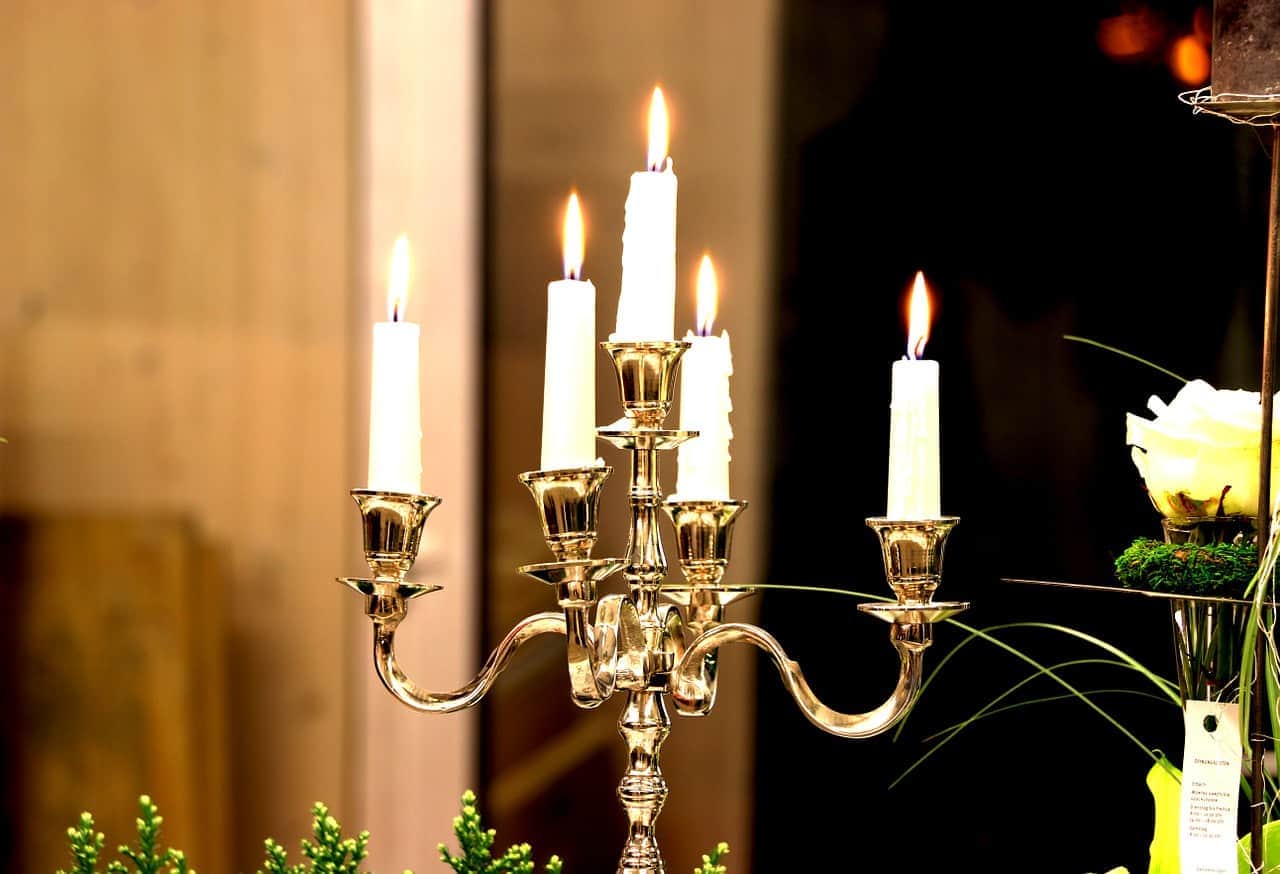
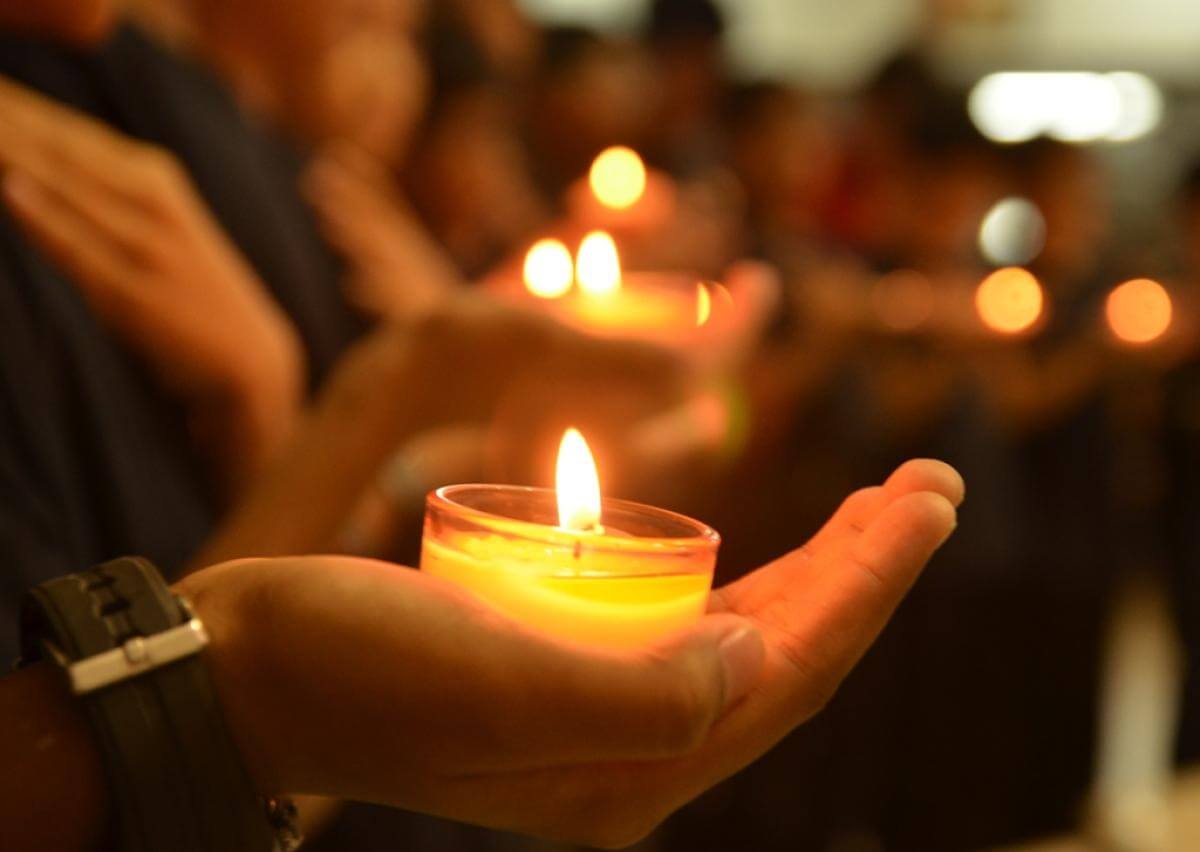
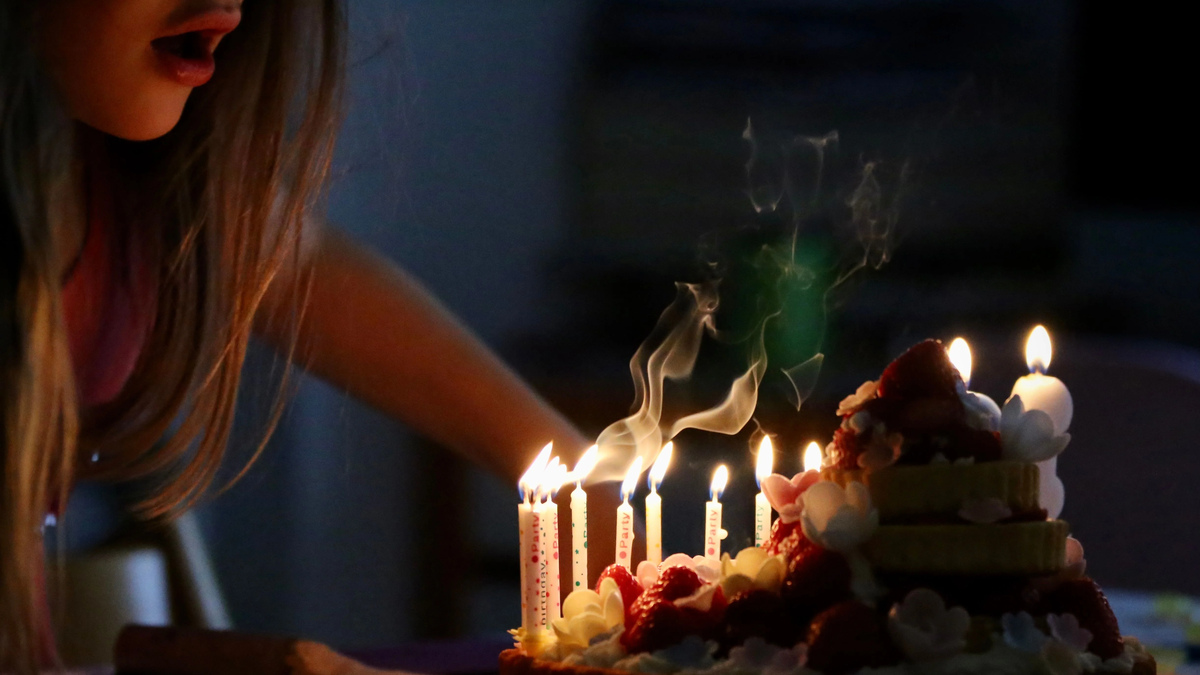
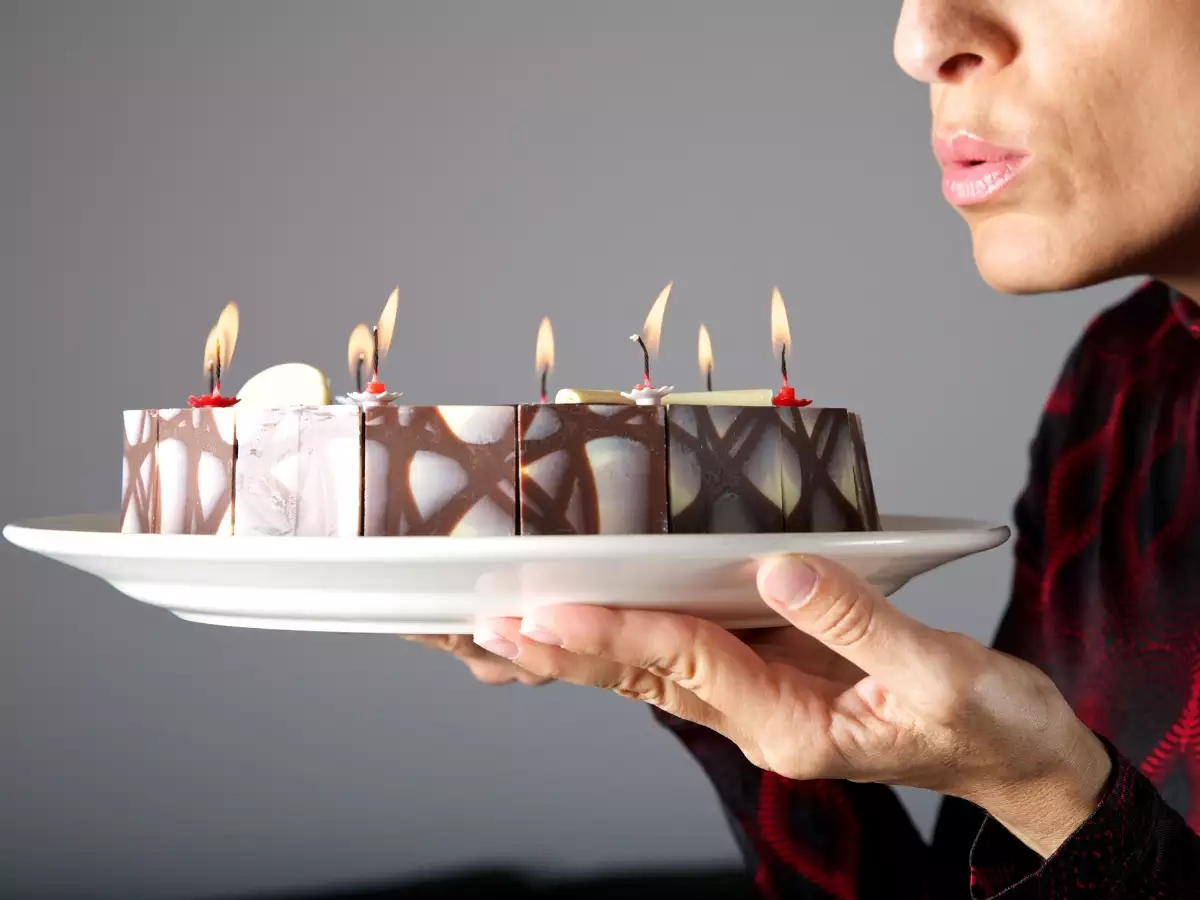

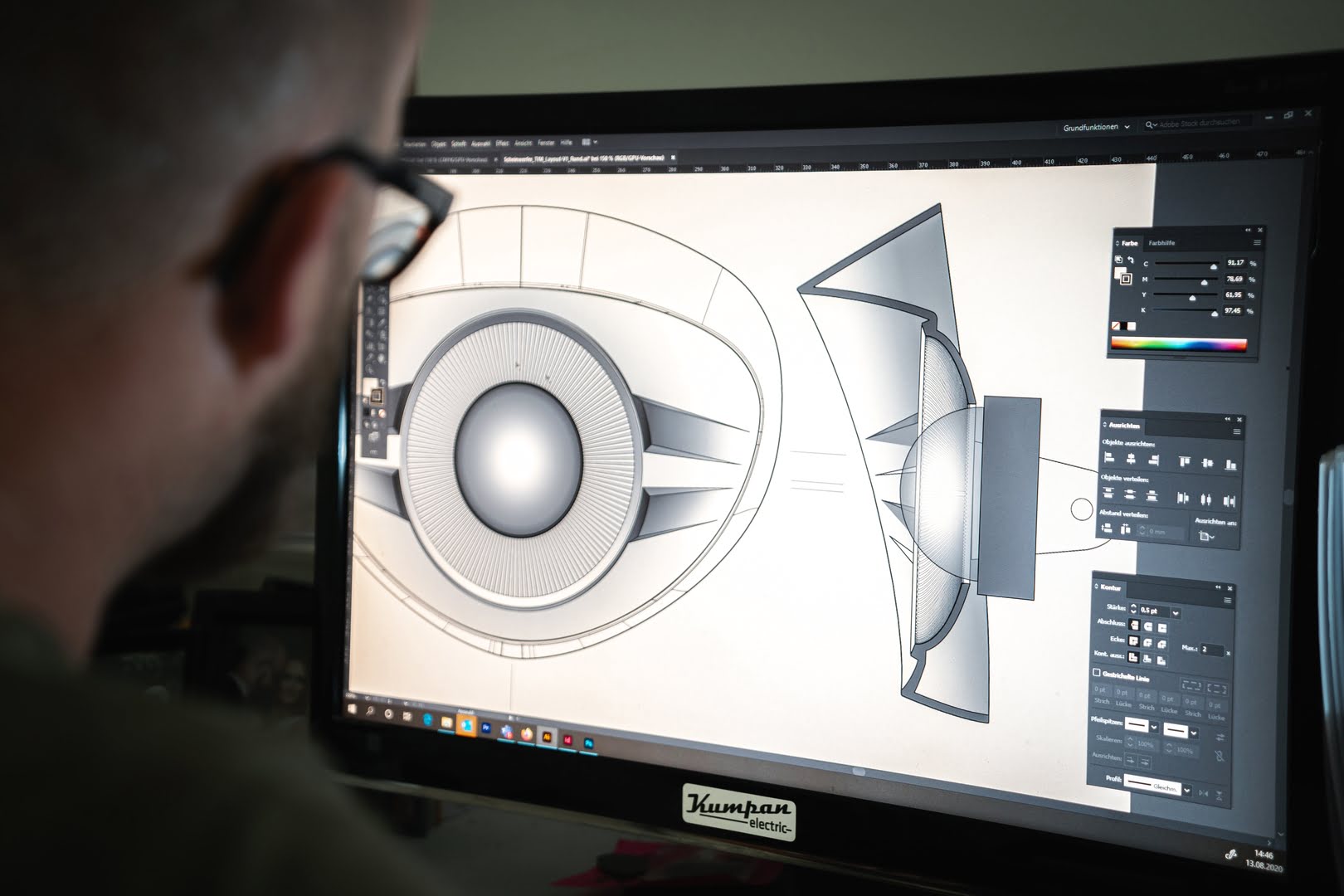

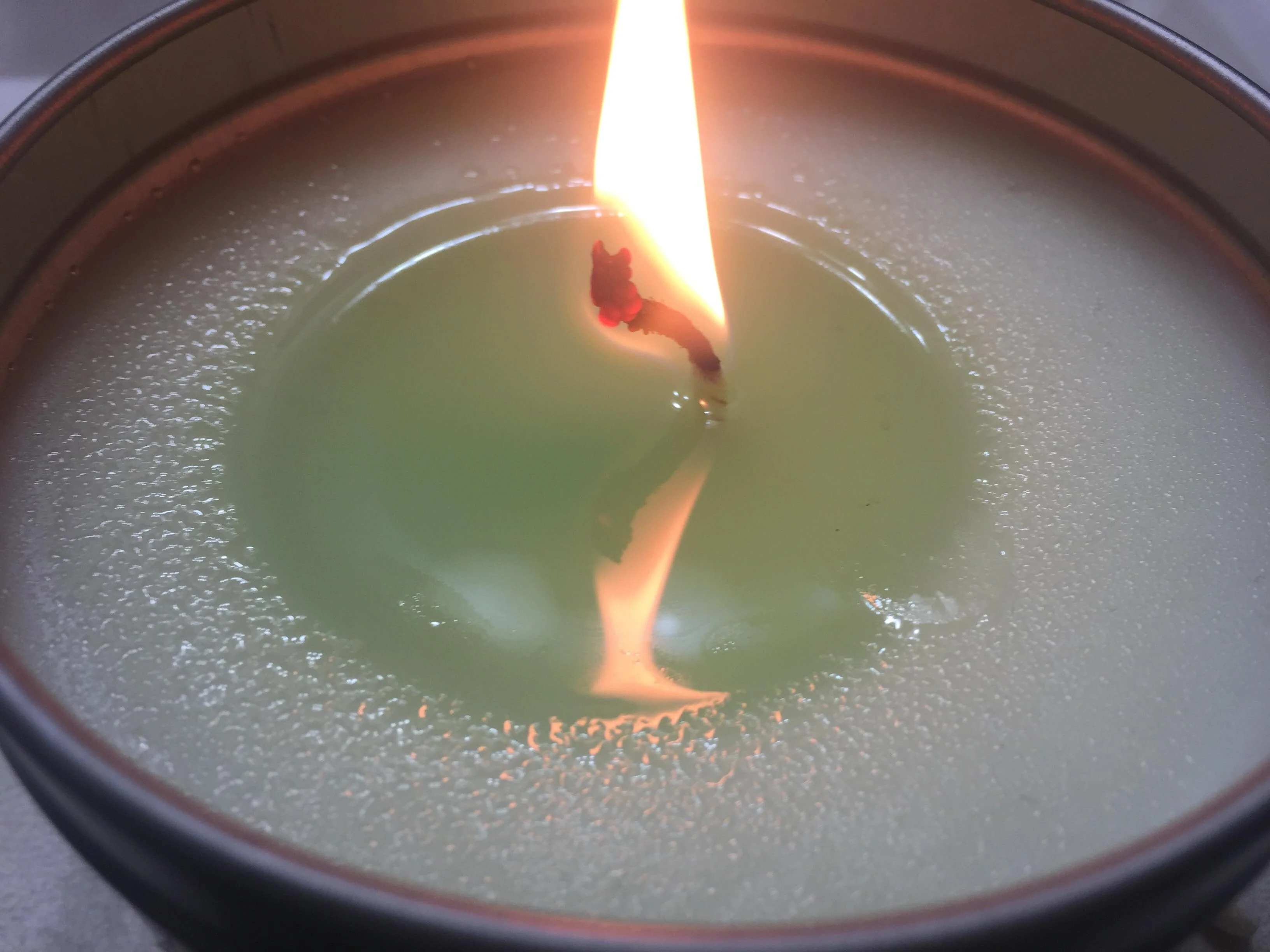
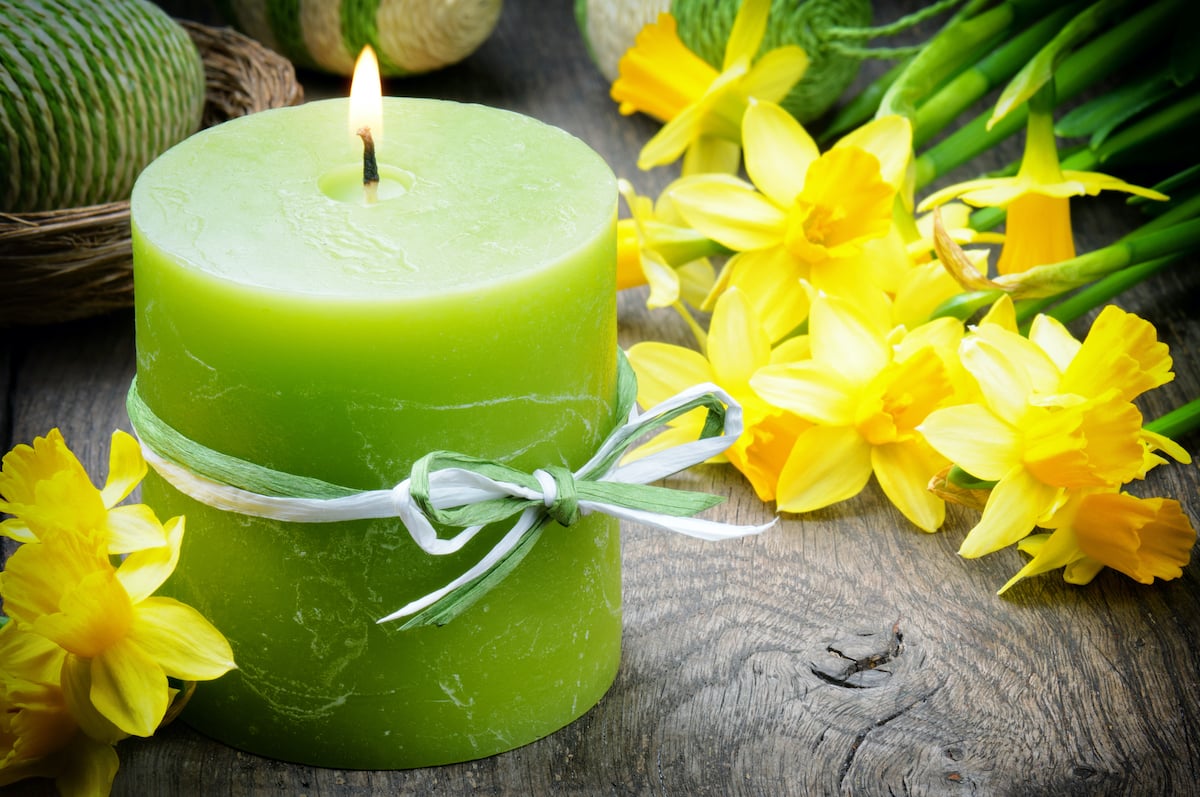
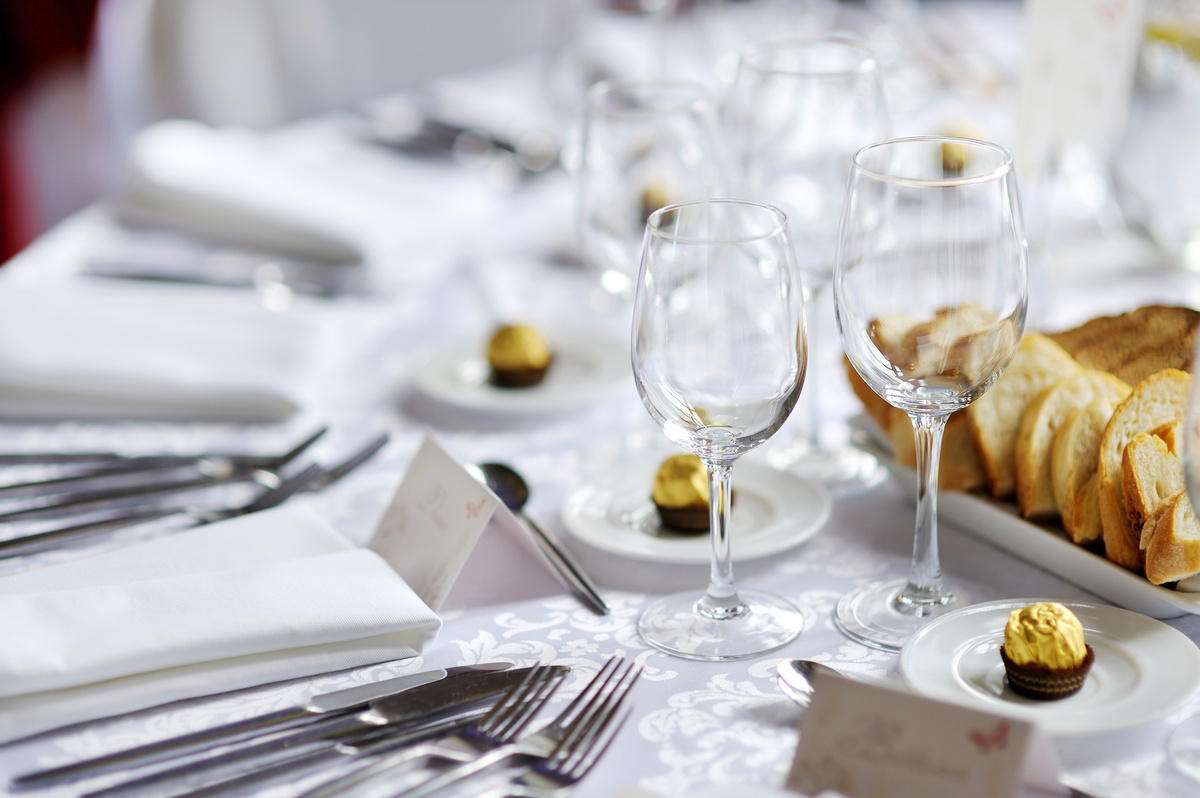

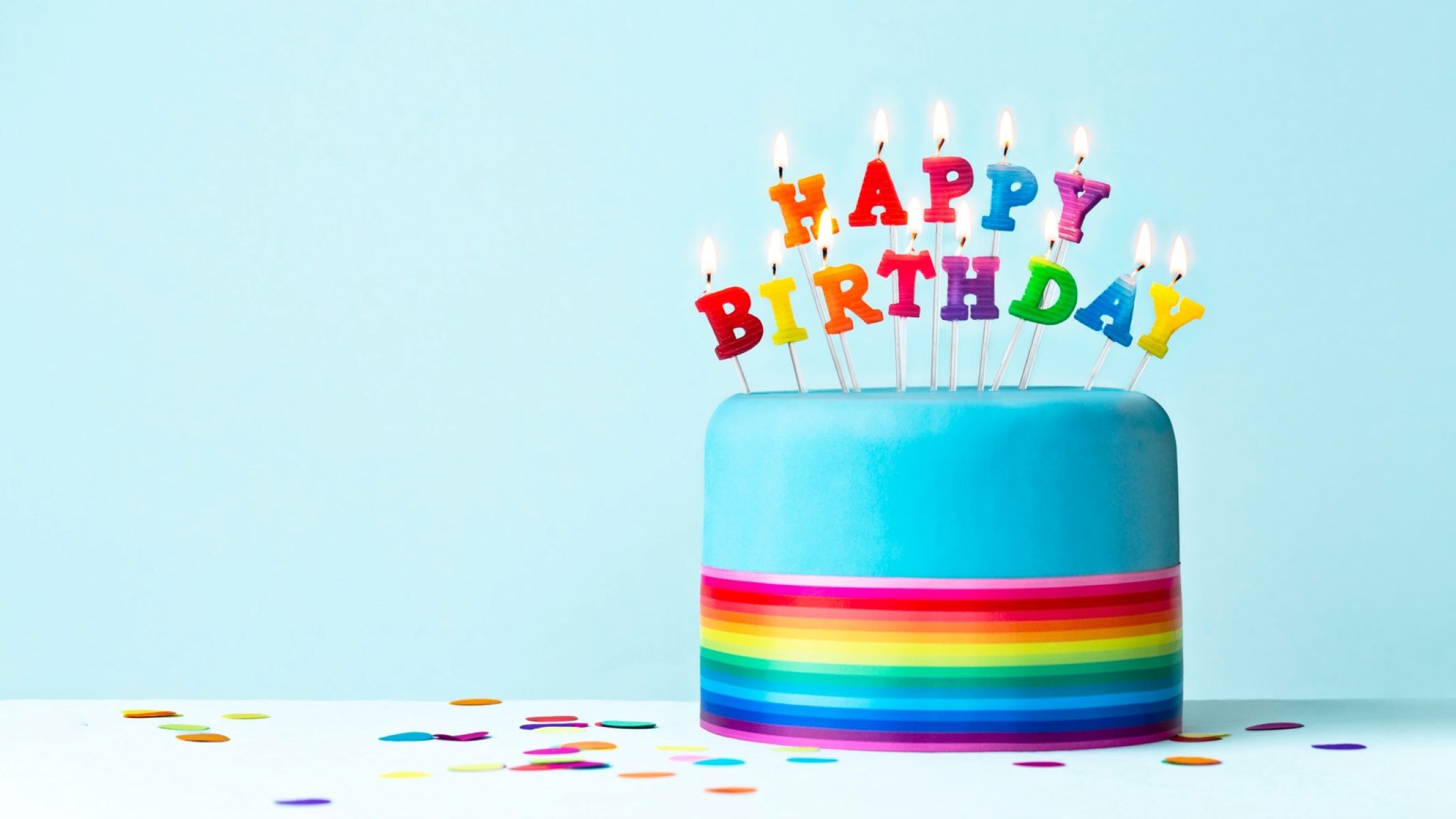
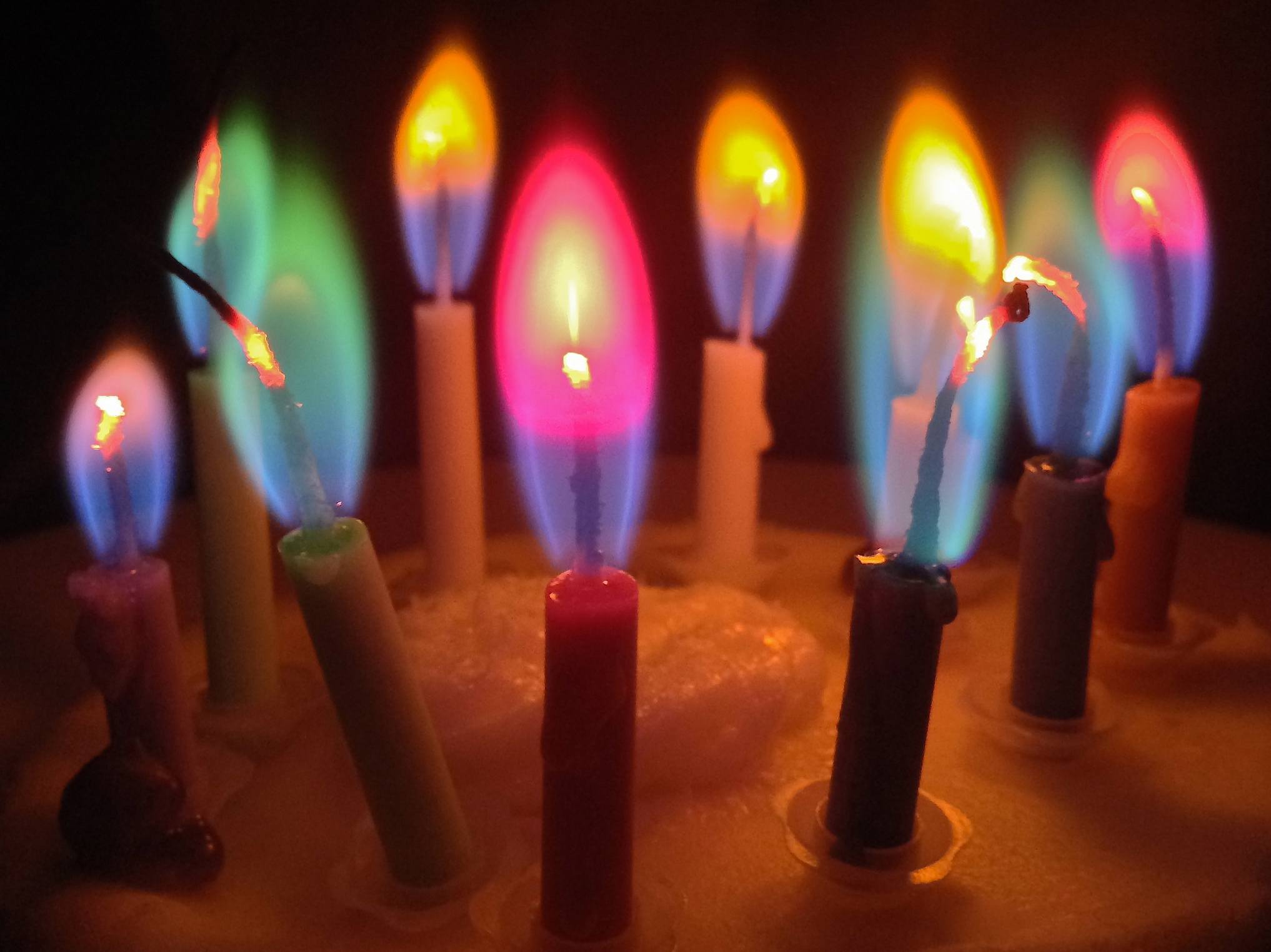
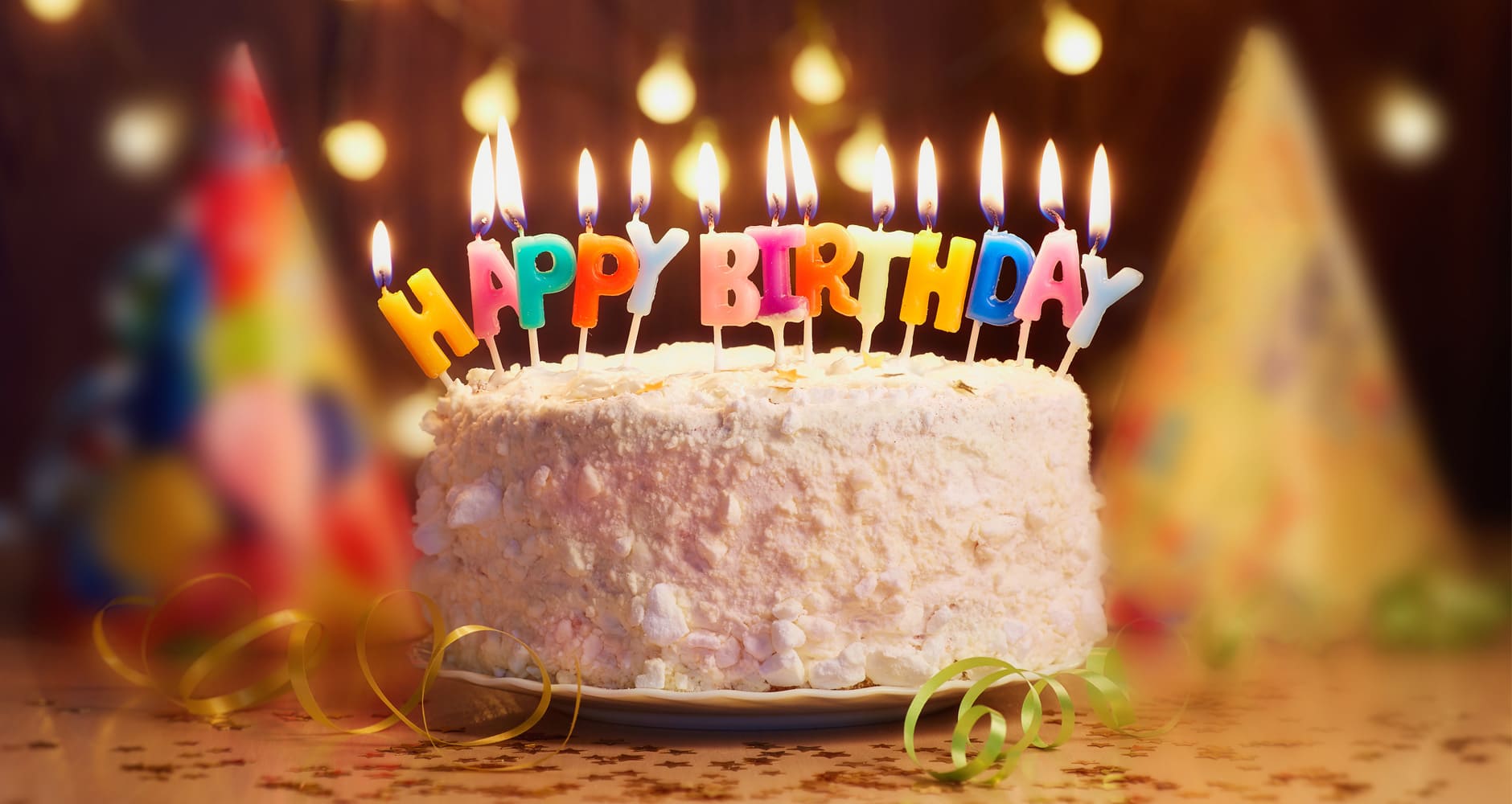

0 thoughts on “Why Do We Blow Out Candles On A Birthday Cake”